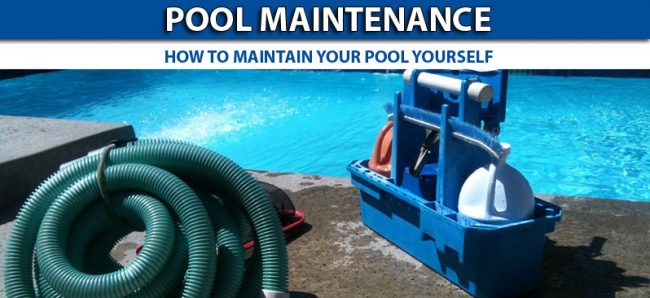Pool Maintenance For Dummies
If you are Googling “Pool Maintenance For Dummies”, “Pool Maintenance 101” or “Pool Maintenance DIY”, this post should show you how to maintain your pool yourself. In order to keep your water clean in your pool, there are a few basic maintenance steps that are needed. You can find all this information on products to…

